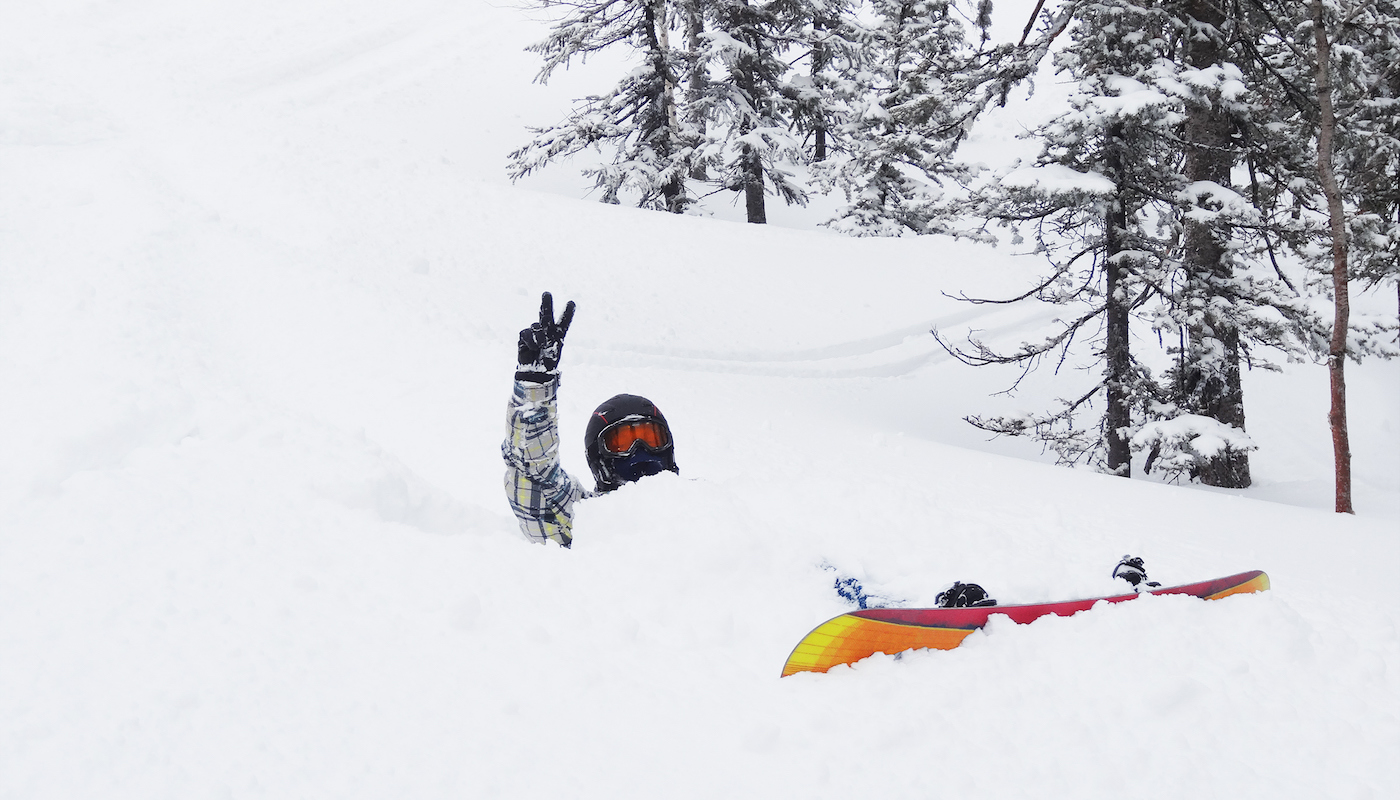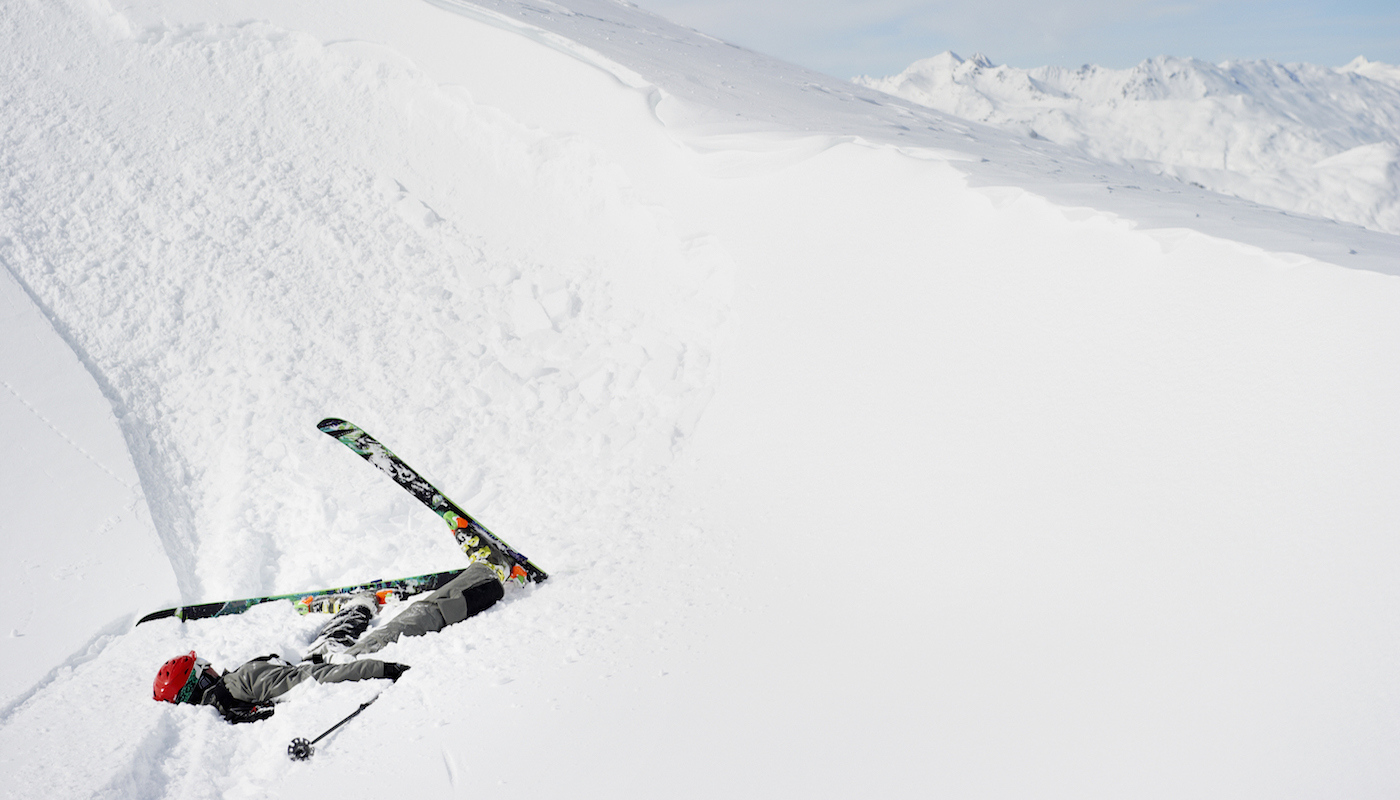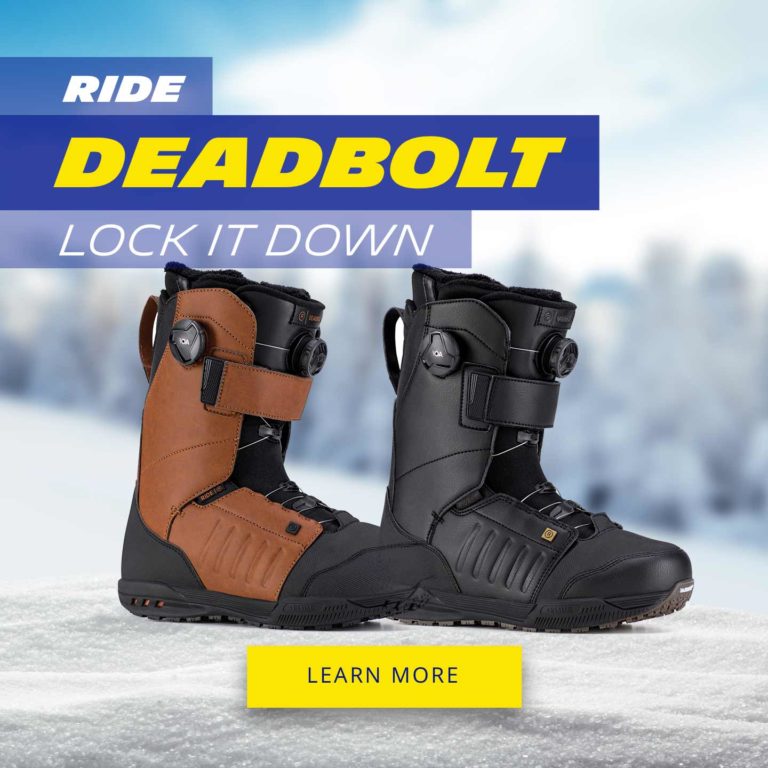There’s a risk that comes with high-octane sports.
For snowboarders and skiers, that risk is ever present and very real.
Of course, that’s what makes it so damn addictive. Hitting full-throttle speeds, reaching dizzying heights and nailing new tricks is what we do it for.
You can’t replicate that rush of blood to the head.
But get it wrong just once, and you could put yourself out of action for quite some time…
Broken bones, fractures, ligament and tendon injuries are all common when it comes to winter sports. Amateurs often overestimate their ability, or simply lose focus at the crucial moment. As for advanced skiers and riders, well, they’re forever putting themselves in risky situations, just for the fun of it.
Unfortunately, it doesn’t matter how good you are — no-one’s invincible.
Awkward falls can prove costly in other ways too. We’ve known people to end up in a cast on the first day of their 10-day ski trip (ouch). Luckily though, there’s an art to falling on the pistes. Master it and you can reduce, or even eliminate, the risk of injury completely.
Stretch It Out

There are several precautions you can adopt before kitting up this winter.
Ski or snowboard, you’re going to be putting a lot of pressure on your muscles and joints as you shift your weight, weave at speed and cushion impacts. Just like most sports, you need to prepare your body for these stresses and strains, so warming up is key.
Light pre-slope cardio exercises will raise your heart-rate, deliver heat to the muscles and temper your body for the day ahead. This practice not only promotes the flexibility and suppleness that allows you to avoid minor tweaks and strains, but also primes your body to deal with unpredictable scenarios on the slopes.
Prior to hitting the pistes, it’s also important that you stretch key muscles and tendons. Your knees, quads, hamstrings and achilles are all vital areas that benefit from pre-session stretching.

As you look to build on your ability, face new obstacles and take on more testing runs, you need to be able to anticipate falls and minimise the impact on your body when you take a tumble.
No-one likes to fall, but sometimes there’s no escaping it. However, there is definitely a big difference between going down with, or without, style. This is about damage limitation. In developing a basic understanding of what it means to fall ‘safely’, you can save yourself both pain and embarrassment in the long run.
The key for any type of fall, whether it be snowboarding or skiing, is to avoid injury to your head. But there are also certain differences between the two disciplines that you need to consider.
Snowboarding
When it comes to snowboarding you’re always going to aim to fall either forwards or backwards, in a controlled manner. Focus should be on falling onto your knees, or backwards onto your backside.
Of course, this all depends on the scenario, and some quick thinking is likely to be required, but the main principle here is to stay relaxed. Many breaks occur when the body is fully tensed and the bones take the full force of the impact. It’s kind of like riding a bike with no suspension.
When falling forwards, if you need to extend your arms, avoid using hands as a buffer against the ground, and instead use your forearms. Nobody wants broken wrists!
Skiing
Unlike snowboarders, who ride at an angle to the direction they’re travelling in, people of the ski persuasion will spend most of their time facing forwards. This is where the main difference comes in, and it’s a super important one too.
Falling forward when skiing can end in disaster. It’s like going over the handlebars of a bike. You lose all control, your momentum takes you through the air at speed, and your head is completely exposed to a nasty ground impact.
For skiers, the trick is to fall onto your side. Shift your skis to the left or right to alter your direction and reduce speed. Then, in that relaxed state we spoke about earlier, drop onto your side, ensuring as much of your body hits the ground at the same time, much like a goalkeeper does when they dive to save the ball.

It Starts At Home
The best piece of advice we’ve come across is this: to avoid falls and subsequent injuries, don’t fall in the first place. Easier said than done, but there are ways and means to help you achieve a more balanced, drama free experience.
Improving your core strength can get your body slope ready. This is something you can be doing all year round, either at home, or in the gym. It might seem like hard work now, but trust us: it will all be worth it when you’re riding with a new lease of energy, balance and overall resistance to unwanted accidents.
Three of the main core exercises which will set you up for a strong first run down the pistes include Russian Twists, plank to side planks and squats. We’ve gone into more detail about these exercises (and more) in our guide to at-home training.
Master The Art
Your body can certainly take a bit of a battering if you’re not careful.
We’ve all been there. Constant falls on the slopes can be painful and frustrating. However, in making the conscious effort to learn (and practice, practice, practice!) the basic principles behind falling safely, you can minimise risk and avoid nasty injuries.
It’s also important to note that making the right choices when it comes to equipment and course difficulty, will also make a huge difference in fall frequency and intensity. If you’re struggling to stay upright, perhaps you need to rethink your approach a little.
We always recommend beginners speak to a professional instructor for guidance and advice before hitting the slopes.

